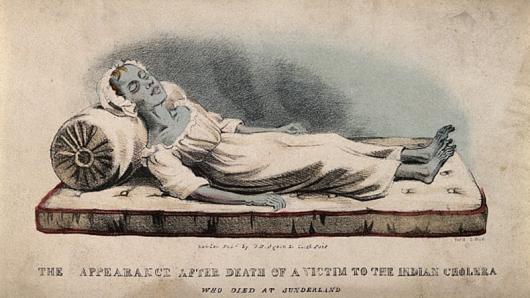Description
This course demonstrates public health principles applied to depressive disorder, including epidemiology, transcultural psychiatry, health services research, and prevention. It is predicted that by 2020, depressive disorder will be the leading cause of disease burden worldwide! Every human being experiences depression at some point in their lives, but only about one-fifth of the population will experience an episode of depressive disorder during their lifetime. This course explores the public health approach to disease and the complexities of applying this approach to mental disorders, using depression as an example.
Syllabus :
1. What is Major Depression and Why Is It Important? The Burden of Depressive Disorder in the Population
- An Introduction to Major Depression
- What is Depression?
- Prevalence and Incidence of Major Depressive Episode
- The Natural History of Major Depressive Disorder
- Major Depressive Disorder and Medical Conditions
- Estimating the Burden of Major Depressive Disorder and Medical Conditions
2. Depression in Low- and Middle-Income Countries: A Closer Look at Maternal Depression
- Does Depression Look the Same Across the World?
- Is Depression Relevant in Low- and Middle-Income Countries?
- What Predicts Depression in Low- and Middle-Income Countries?
- How Can We Treat & Prevent Depression in Low- and Middle-Income Countries?
3. Basic Concepts of Epidemiology as Applied to Depression
- What Is Epidemiology
- Time, Space, and Disease: The Ecological Approach
- Cohort Studies
- Case Control Studies
- The Web of Causation
4. The Search for Etiologic Clues
- Inheritance
- Stress & Diathesis
- Social Supports
- Work, Family, and Life Stage
- Recency of Birth
5. Unmet Need for Care, Barriers, and Programs to Improve Access
- Patterns of Service Use
- Barriers and Solutions
- Historical Development and Recent Trends
- Quality of Diagnosis & Treatment









